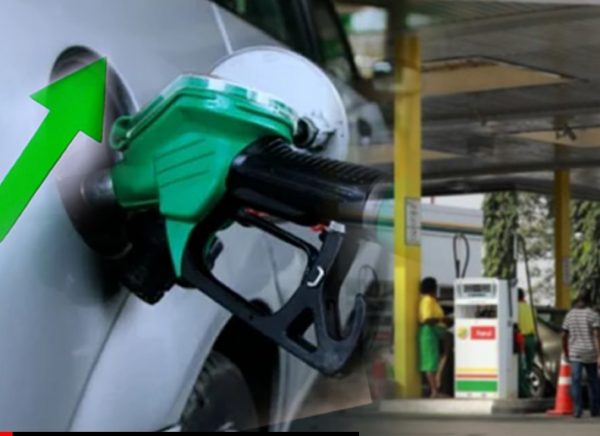Post-Subsidy PMS Import Costs Rise By 31% –Report
Nigeria’s cost of petrol importation has continued to rise despite an almost 50 per cent drop in the nation’s consumption rate, reports by the Nigeria Bureau of Statistics have shown.
Media reports that N2.63tn was spent on the importation of Premium Motor Spirit in the first quarter of 2024, which was 31.4 per cent higher than the cost incurred for the same purpose in the last quarter of 2023.
In the last three months of 2023, our correspondent estimated that N1.81tn was expended in importing petrol.
The country imported 6,372,422,896 litres of petrol at the rate of N1.49tn in the first quarter of 2023, according to reports from the NBS, putting a litre of petrol at N234 during the subsidy regime.
N1.51tn was spent in the first quarter of 2022 to bring in 5,782,767,749 litres of PMS, putting a litre around N260.
With the payment of fuel subsidies at that time, the pump price of petrol ranged between N165 and N200 per litre.
On May 29, 2023, when he was sworn in, President Bola Tinubu, announced an end to the fuel subsidy era, saying, “The fuel subsidy is gone.”
After the pronouncement, the price of petrol skyrocketed to around N550 per litre.
The price was later impacted by the government’s decision to float the naira.
The pump price of petrol is currently between N600 and N700, depending on the marketer and the location.
After the removal of fuel subsidies, the Federal Government said the nation’s oil consumption had reduced by 50 per cent.
“Petrol importation has been reduced by 50 per cent since the withdrawal of the fuel subsidy,” the Minister of Information and National Orientation, Mohammed Idris, said during a ministerial press briefing in February.
On February 18, 2023, about three months before Tinubu ended the PMS subsidy regime, the Group Chief Executive Officer of the Nigerian National Petroleum Company Limited, Mele Kyari, revealed that Nigeria was consuming about 66 million litres of PMS daily.
At that time, Kyari put the landing cost of petrol at around N315/litre.
“Our customers are here; we are transferring to each of them at N113/litre. That means there is a difference of close to N202 for every litre of PMS we import into this country. In computation, N202 multiplied by 66.5 million litres, multiplied by 30 will give you over N400bn of subsidy every month,” Kyari said.
Going by the position of the information minister that petrol importation had dropped by 50 per cent, it implies that the volume of imports into Nigeria had reduced by about 33 million litres daily, based on NNPCL’s figures in February, implying that PMS importation had dropped by about 990 million litres in one month.
Also, a report by the NBS showed that there was a reduction in the amount of fuel imported into the country months after the removal of the subsidy, indicating that the country consumed an average of 1 billion litres per month.
However, despite this 50 per cent reduction claim, the cost of PMS imports was reported to be on the increase.
Experts have attributed the increase to the depreciation of the naira against the dollar.
In the first quarter of 2024, when the country spent N2.63tn on fuel imports, the government was said to have imported a litre of PMS at the rate of N878 if the monthly import volume is pegged at 1 billion litres and three billion litres for the quarter.
This has been the reason many stakeholders have been accusing the Federal Government and the NNPCL of secretly paying the subsidy; an allegation the government has denied repeatedly.
Recently, Minister of State for Petroleum Resources (Oil), Heineken Lokpobiri, said, “Let me say categorically that the President had rightly said, on the day he was sworn in; he said subsidy is gone. The last government did not make any provision for subsidy in the 2023 budget.
“And I can confirm to you that subsidy is gone. But there could be strategic interventions from time to time. But officially, the subsidy is gone. If you look at the Petroleum Industry Act, the NNPC, as a national oil company, also has a legal obligation to intervene from time to time.”
Meanwhile, the International Monetary Fund had earlier warned that with pump prices and tariffs below cost-recovery, “implicit subsidy costs could increase to 3 per cent of GDP in 2024 from 1 per cent in 2023”.
It noted that those subsidies were costly and poorly targeted, with higher-income groups benefiting more than the vulnerable.
The IMF reechoed, “The implicit fuel subsidy could gulp as high as N8.4tn in 2024 from N1.85tn in 2023; N4.4tn in 2022; N1.86tn in 2021 and N89bn in 2020.”








